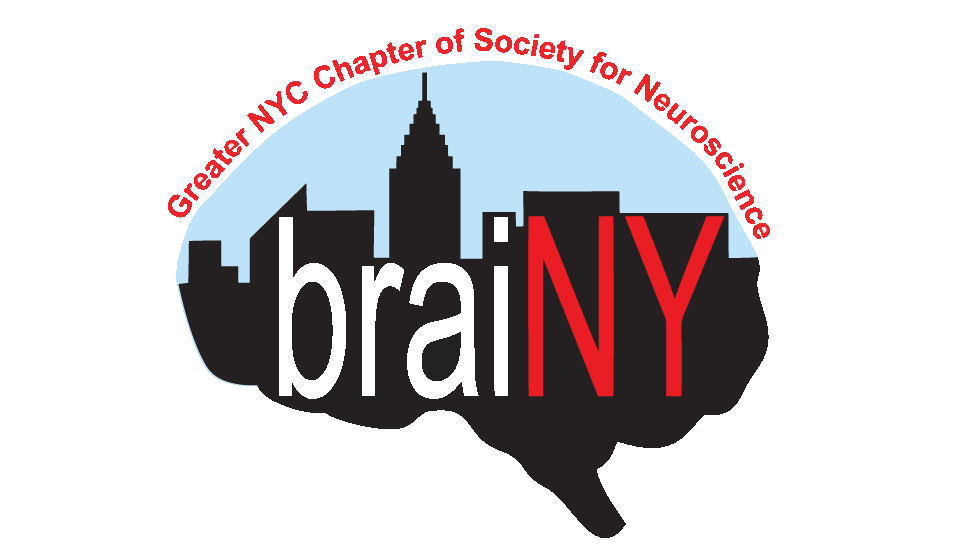Rewiring our Brain
Our brains are truly extraordinary; unlike computers, which are built to certain hardware specifications and receive software updates periodically, our brains can receive hardware updates in addition to software updates. Neuroplasticity describes how experiences reorganize neural pathways in the brain. When we learn new things or memorize new information, long-lasting functional changes occur.
Pretend that your brain is a polaroid camera. When using a camera to take a picture of a tree, the film is exposed to new information: the image of the tree. For the image to be retained, the film must react to the light and “change” to record the image of the tree. Similarly, when new knowledge is retained in memory, changes in the brain must be made to accommodate new information.
Neuroplasticity doesn’t consist of a single type of change. It includes several different processes that occur throughout an individual’s lifetime. Genetic factors don’t solely determine the nature of our brain; characteristics of a person’s environment also play a key role. Neuroplasticity occurs under two primary conditions. Firstly, during normal development when the “immature” brain first begins to process sensory information through adulthood and secondly, as an adaptive mechanism to maximize remaining functions in the event of brain injury.
Neuroplasticity is especially beneficial in cases of brain injuries, like strokes, where blood flow is blocked to different regions of the brain. It allows for the reorganization of brain functions, an essential element of recovery. After trauma, the brain goes through three distinct phases of neuroplasticity for recovery. Immediately after the injury, neurons (our brain cells) begin to die and neural connections decrease; this phase lasts one to two days and may uncover secondary neural networks that have never been used. After a few days, the activity of these neural networks changes from inactive to full of activity, and new synapses (junctions where neurons communicate with each other) are formed. Neurons and other cells are recruited to replace the damaged or dead cells and facilitate healing. In a few weeks, new synapses continue to appear and the “remodeling” of the brain is in full swing—the time when rehabilitation and therapy can help the brain to learn some helpful new pathways.
The Brain’s Way of Healing: Remarkable Discoveries and Recoveries From the Frontier of Neuroplasticity by Dr. Norman Doidge tells the stories of people benefitting from neuroplasticity to heal their brains without medication or surgery. With conditions such as multiple sclerosis, Parkinson’s disease, and autism, the brain’s general neuronal and cellular health goes awry. People with traumatic brain injury have limitations due to circuits in the brain that are dormant, while other circuits are hyperactive. They might be sensitive to sound and light, which must be rebalanced. Then the brain goes through a period of rest and then it goes through “learning.”
Doidge tells the story of John Pepper, who has Parkinson's disease. The disease is a result of damage to the dopamine-producing cells in the brain that help us make automatic movements, leading to difficulties with movement, balance, and walking. Pepper wasn’t responding to conventional medication, but began to pay very close attention to the individual movements involved in walking. He found that he could do movements with that level of awareness, breaking it down, because the circuit that controls this isn’t affected by Parkinson’s disease. Pepper used another part of his brain, in the frontal lobe, to work around Parkinson's. Through the activity, thought, and movement, he stimulated dormant circuitry in his brain, finding other ways to overcome the problem.
By exposing yourself to different activities, you have already started the process of rewiring your brain: even activities you do every day. Video games show improvement in motor coordination, visual recognition, memory and reaction time, reasoning, decision making, and problem-solving skills. The game you play will have a distinct effect on the benefits you receive: 3D adventure games seem to contribute to improvements in memory, problem-solving, and visual recognition; puzzle games boost problem-solving skills or brain connectivity; and rhythm gaming improves visuospatial memory and attention. When you play video games, you teach your brain new skills, which carry over to the rest of your life.
Based on a 2012 study, researchers looked at ten exchange students who were native English speakers studying German in Switzerland. After five months of intensive language study, their proficiency in German had increased, and so had the density of gray matter in their brain. Increased gray matter is associated with stronger problem-solving and creative thinking skills, greater comprehension, increased ability to multitask. All these activities and more prove to have a tremendously positive effect on your brain.
Neuroplasticity is incredibly important because it is at the root of essential human experiences. Learning and memory, key parts of what it means to be human, would not be possible without this process. The continued study of neuroplasticity is essential for furthering our knowledge of neuropsychiatric disorders and brain injury, leading to new and improved treatment options.
Sharna is a senior at the High School for Math, Science and Engineering at the City College of New York. She is currently concentrating on a new direction of Alzheimer’s research by researching on how it is a metabolic disease. Her research helps shift experimental data to clinical applications due to her focus on drug discovery. While she pursues her interest in research, she still wants to help people in any way! As the head of the largest service organization in her school, she coordinates events and fundraisers for charities all over New York City. In her free time, she loves reading and baking delicious goods for all her friends.
Edited by Denise Croote, PhD

